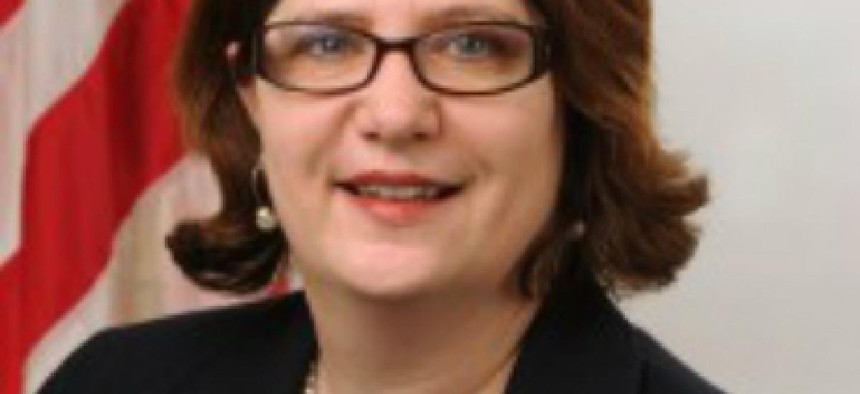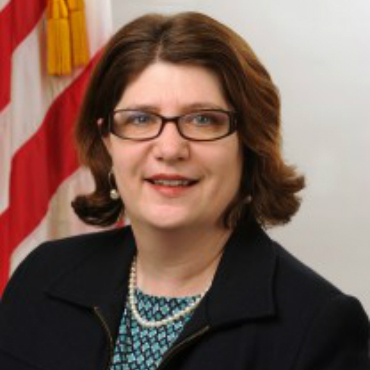HHS looks to infrastructure, shared services for modernization

The Department of Health and Human Services is looking to expand its use of shared services, revamp its IT infrastructure and incorporate artificial intelligence as part of its modernization plan.

HHS CIO Beth Killoran
The Department of Health and Human Services is looking to expand its use of shared services, revamp its IT infrastructure and incorporate artificial intelligence as part of its modernization plan.
HHS CIO Beth Killoran said that investments in both IT modernization and the IT workforce are necessary to keep up with technological developments in medical science.
"Our next spring point is going to be taking machine learning to the next step of artificial intelligence and really making sure we have capabilities and tech that sit side by side," she said.
However, without first updating the outdated IT infrastructure, government can't keep up with inevitable technological advancement.
Rather than simply patching or layering new technologies onto outdated systems, Killoran said HHS instead has to be "looking at our infrastructure and our core foundation and how we can better leverage the investments that we're making to enhance our foundation."
Without the appropriate investment in IT infrastructure, Killoran said HHS, which houses the personal information of one-in-three Americans and faces 500 million attempted cybersecurity attacks each week, risks jeopardizing service delivery and eroding the trust of citizens.
"If you continue to keep using infrastructure without the needed investment and enhancements, it will break, and the citizen suffers," she said. "We can't do that in health IT."
Killoran also said that "our operating divisions ... are all rapidly accelerating to have that harmonious integration of IT with the health capabilities that our citizens need and demand."
Sam Michael, director of automation and compound management at National Center for Advancing Translational Sciences under the National Institutes of Health, cautioned against trying to "force a standard configuration" across traditionally siloed groups, even if they're within the same department.
"I think you try to standardize what you can, but you don't try to standardize everything," he said.
Steven Hubbard, senior innovation architect and advisor at the Food and Drug Administration, pointed to an inherent tension between standardization and modernization.
"Standards are good and they have their place, but as it relates to innovation, I'm always looking to break those standards," he said.
Killoran noted budget challenges are an impediment to investing in technological development. While emphasizing that investing in a skilled IT workforce is necessary for the tech developments to be worthwhile, she lamented the hiring process.
"If it takes us a year, more than a year, to bring on the right skilled individuals we need from a federal perspective, those individuals are never going to come, and we get stuck in the quagmire of wanting to accelerate, but not having the right individuals within the federal government we need to help us make those decisions," she said.


